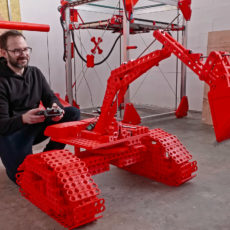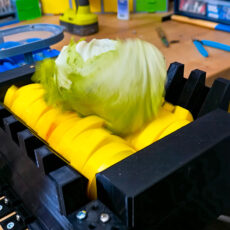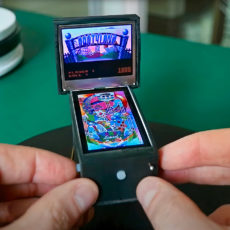
Photo credit: Andrew Brodhead
Stanford scientists are currently developing a way to 3D print a human heart and then implant it into a living being such as a pig. This method is called bioprinting and uses living tissue instead of plastic or metal.
These 3D printed hearts are possible due to reactors capable of turning out billions of heart-specific cells at a time, which become the bioprinter’s “ink.” Assistant professor Skylar-Scott estimates that his team will be able to produce sufficient cells for a heart every two weeks.
- REMOVABLE BUILD SURFACE PLATE: Provide all-round protection to your 3D printer build plate and ensure consistent temperature throughout the build...
- SAFE POWER SUPPLY: Ender 3 Pro comes with a branded power supply, protecting your printer from unexpected power surges, that can heat the hot bed to...
- RESUME PRINT FUNCTION: Ender 3 Pro can resume printing from the last recorded extruder position after suffering unexpected power outages.

We will use these vast numbers of cells to practice, practice, practice and learn all the design rules of the heart and optimize viability and function at the whole-heart scale for eventual implantation into a pig. Your own heart, made out of your own cells; that is the dream,” said Mark Skylar-Scott, a member of the Stanford Cardiovascular Institute and principal investigator on the project.









